
Business Leaders: Sea Bags CEO Don Oakes leads retail expansion, targets production growth
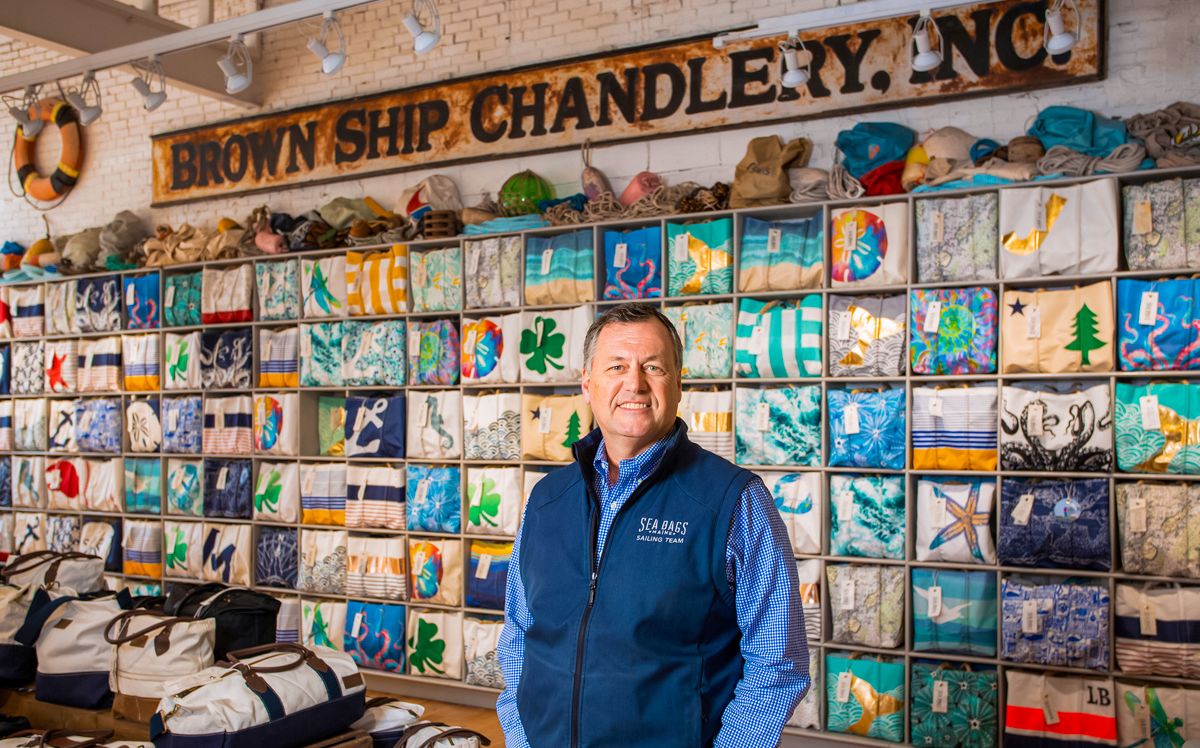 Photo / Tim Greenway
Don Oakes, CEO of Sea Bags, not only kept the retailer on track during the pandemic, but accelerated growth plans. He’s pictured at the Commercial Street store, which opened last year.
Photo / Tim Greenway
Don Oakes, CEO of Sea Bags, not only kept the retailer on track during the pandemic, but accelerated growth plans. He’s pictured at the Commercial Street store, which opened last year.
When Milo native Don Oakes took the helm of Sea Bags in November 2013, the Portland-based producer and retailer of totes and accessories made from recycled sails had a crew of 20 employees and 1,000 square feet of factory space. Today, more than 200 people are on the payroll and manufacturing space is up to 20,000 square feet, most of which is in South Portland. On the retail front, the company has 45 stores in 13 states, including nine in Maine.
Still anchored at Portland’s Custom House Wharf with a small factory store, Sea Bags in 2021 added a new flagship retail store on nearby Commercial St. amid a 60% jump in overall sales in dollar terms over 2020.
A skier rather than a sailor himself, Oakes describes his route to Sea Bags as an indirect one, by way of Orono and the University of Maine and then nine years out of state getting work experience and more education (including a Harvard MBA) that eventually led him back to Maine. Before joining Sea Bags, he spent close to 20 years at L.L.Bean in various roles.
Mainebiz: What lessons from your early days at L.L.Bean have you applied at Sea Bags?
Don Oakes: Most importantly was probably the power of the brand. One of the roles I had at L.L.Bean was overseeing the catalog and website, with responsibility for the brand. Leon Gorman, who led L.L.Bean for decades, was fond of the quote from former Gov. John R. McKernan Jr., “Is L.L.Bean L.L.Bean because of Maine, or is Maine Maine because of L.L.Bean?’ The Maine brand means something all over the country, and as we started to expand outside the state, we decided to embrace Maine as much as we could, and even incorporated it into our logo.
MB: Early in the pandemic when everything was shut down, what did you do to keep the business running and people employed?
DO: As things started to shut down, we very quickly used our skills in sewing and design to start making masks in the earliest days of the pandemic. This allowed us to continue to operate as an essential business and keep running the rest of the company. We were able to keep all of our production staff on who wanted to work and do our part to help fill the need for masks in those times. This also allowed us to keep shipping orders to customers who were purchasing online.
MB: How did the pandemic affect your expansion plan and strategy?
DO: We pushed ahead and doubled down on our growth strategy. I like to say we didn’t bet the farm, but we made some big bets. First of all, we kept people working and the business open in order to build inventory for when stores eventually reopened. We also expanded our manufacturing and distribution space. We proceeded with investing in our website. And we opened 13 retail stores, five more than planned. In essence, we accelerated our growth plans during the pandemic.

MB: Why expand in bricks and mortar, including a new flagship store in Portland, at a time when online sales are growing?
DO: We were being opportunistic. Over the years we’ve learned that the best way to understand our brand and experience our product is in person, and that’s why stores have become our largest channel. We were planning to open eight stores in 2020, but once the pandemic hit, we thought that would provide opportunities for us to open in markets that we were previously unable to find and/or afford space in. Our new store on Commercial Street is a great example of something that likely would not have happened if not for the pandemic.
MB: In scoping potential retail locations, what do you look for and why?
DO: We like to say every one of our products is unique, and that no two are exactly alike. The same is true of our retail stores. While they all share many things in common, no two are the same. We look for “real” places, waterfront locations in ports, harbors and, more recently, beaches, and for buildings with character. We’re in locations where people like to visit and vacation. We find that it’s a great time to be introduced to our brand and discover our products.
MB: Will Sea Bags ever return to Boston or plant a flag in any other big cities?
DO: That’s an easy one. A few years ago, we opened a store on Newbury Street in Boston as a test of more urban markets. We learned a lot, and mostly that it was not right for us. And while I believe in never saying “never,” I’m pretty confident that I can say you won’t be seeing a Sea Bags store in any big city anytime in the future.
MB: What supply-chain close calls have you faced, and how have you overcome them?
DO: We always say that our supply chain is Maine first, New England second, the U.S. third, and it stops there. That has served us well during the pandemic. We also basically created the supply chain for our most important material, used sails, years ago. We do buy some materials that go into making our products. One of the most important is the three-strand rope we buy from one of the last remaining manufacturers in New England. As soon as the pandemic hit, we contacted our rope manufacturer and put in orders for a year’s worth of supply (as we did with any materials that we needed). There are not many things that can shut us down, but running out of rope is one thing that can, as we can’t make our signature totes without it.
MB: How are you attracting employees in today’s tight labor market?
DO: It’s tough. I don’t know of any company that doesn’t need people right now. We offer market-competitive pay and benefits, and every year we add a new benefit to our package. For example, this past year we added parental leave. Another thing that helps us attract people is that we run a 12-hour shift and offer flexible hours and plenty of overtime. In addition, many people who work here do so because they believe in our mission of sustainability and saving sails from the landfill. Others work here because they like the creative process that is a part of so many roles in designing and building our products.
MB: What’s next for Sea Bags?
DO: More of what we’ve been doing. We boil our strategy down to two simple ideas: Make more product and sell more product. It’s harder than it sounds. As both a manufacturer and retailer, we are always trying to balance the two. Most years our growth has only been limited by our ability to increase production. After the incredible growth we experienced last year, we’ve been putting together plans to double our output in the next few years.
MB: Do you ever get any takeover approaches from potential suitors — and what do you tell them?
DO: We get contacted quite regularly from people asking if they can invest in our company. While these calls and emails are always flattering, our answer is always the same, that we are not looking for investors and do not need the capital. We’re fortunate that we have built a strong balance sheet that allowed us to weather the pandemic and enabled us to fund our growth, without the need for additional investors.
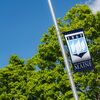

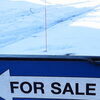

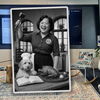

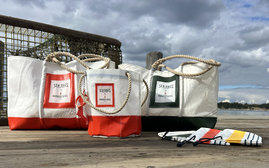





0 Comments